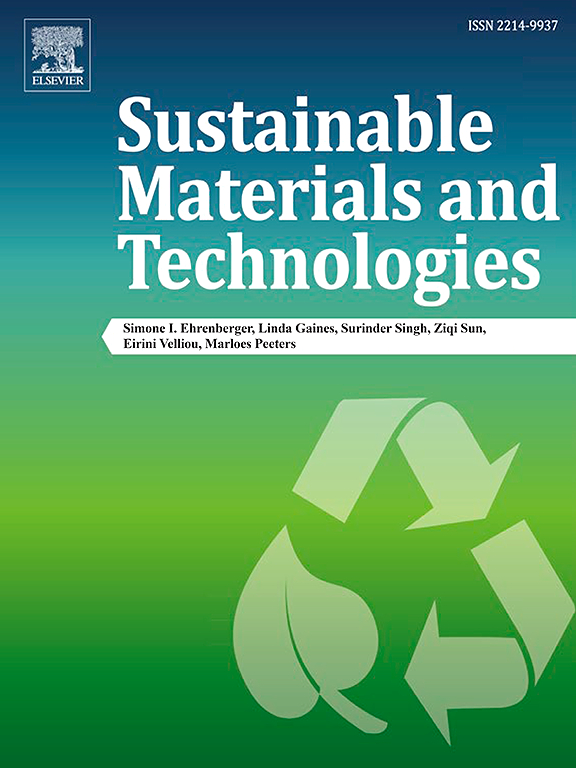Hierarchical assembly of electrospun nanofibers for the next generation tissue repairing materials
IF 8.6
2区 工程技术
Q1 ENERGY & FUELS
引用次数: 0
Abstract
Tissue engineering, an interdisciplinary field uniting biology, chemistry, medical science and materialogy, aims to fabricate artificial scaffolds emulating the natural human tissue with diverse structures. Among the various methods for creating artificial scaffolds, electrospinning can produce nanofiber fiber aggregate tissue repair materials which is similar to extracellular matrix expediently. This method yields nonwoven scaffolds usually possess boasting attributes such as a substantial surface area, multidimensional assembly capability, ease of functionalization for diverse purposes, and controllable mechanical properties. Owing to these advantages, electrospinning technology has propelled significant progress in the development of nanofiber scaffolds for regenerative repair in recent years. This article presents a comprehensive overview of foundational design principles underpinning the theoretical basis of electrospun fiber scaffolds. Key considerations, including cell types, environmental impact, preparation methods, and biomimetic structural design, are explored. Following this, we investigate in detail scaffolds assembled from electrospun nanofibers with varied dimensional, elucidating their applications in tissue engineering. Lastly, we offer an outlook about the challenges and development trend in order to provide a forward-looking perspective for researchers and practitioners in the field.
新一代组织修复材料电纺纳米纤维的层次化组装
组织工程是一门集生物学、化学、医学和材料学为一体的交叉学科,其目的是制造出具有不同结构的仿天然人体组织人工支架。在制造人工支架的各种方法中,电纺丝可以快速制造出类似细胞外基质的纳米纤维聚合组织修复材料。这种方法产生的非织造支架通常具有以下优点:表面积大、多维组装能力强、易于功能化以达到不同目的以及机械性能可控。凭借这些优势,电纺丝技术近年来在再生修复用纳米纤维支架的开发方面取得了重大进展。本文全面概述了电纺纤维支架理论基础的基本设计原则。文章探讨了包括细胞类型、环境影响、制备方法和仿生物结构设计在内的主要考虑因素。随后,我们详细研究了由不同尺寸的电纺纳米纤维组装而成的支架,阐明了它们在组织工程中的应用。最后,我们对面临的挑战和发展趋势进行了展望,以便为该领域的研究人员和从业人员提供前瞻性视角。
本文章由计算机程序翻译,如有差异,请以英文原文为准。
求助全文
约1分钟内获得全文
求助全文
来源期刊

Sustainable Materials and Technologies
Energy-Renewable Energy, Sustainability and the Environment
CiteScore
13.40
自引率
4.20%
发文量
158
审稿时长
45 days
期刊介绍:
Sustainable Materials and Technologies (SM&T), an international, cross-disciplinary, fully open access journal published by Elsevier, focuses on original full-length research articles and reviews. It covers applied or fundamental science of nano-, micro-, meso-, and macro-scale aspects of materials and technologies for sustainable development. SM&T gives special attention to contributions that bridge the knowledge gap between materials and system designs.
 求助内容:
求助内容: 应助结果提醒方式:
应助结果提醒方式:


